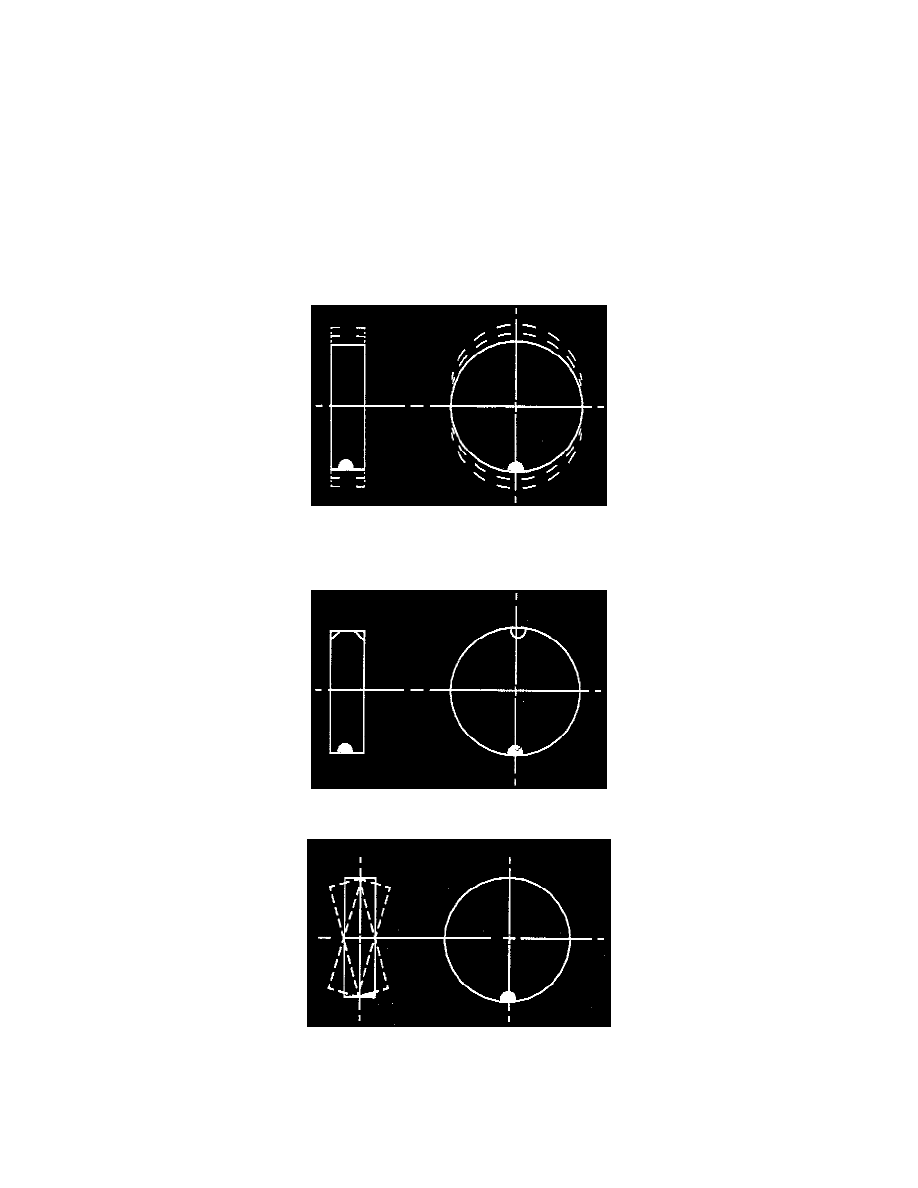S10/T10 P/U 2WD V6-4.3L VIN W (1997)

Wheels: Service and Repair
Balancing Tire and Wheel
Adhesive Wheel Balance Weight Installation
1. Wipe wheel balance weight attachment area with a mixture of half isopropyl alcohol and half water. A clean cloth or paper towel must be used for
this operation.
2. Dry the attachment area with hot air. Surface of the wheel should be warm to the touch.
3. The adhesive backing on the wheel balance weights must be warmed to room temperature.
4. Remove tape from back of weights. Do not touch the adhesive surface.
5. Apply wheel balance weight and press on with hand pressure.
6. Secure wheel balance weight with a 70-110 N (16-25 lb.) force applied with a roller.
Description
There are two types of tire and wheel balancing, static and dynamic. Static unbalance occurs when a disproportional amount of weight (mass) is
concentrated at a small area on the tire/wheel. This condition causes a vibratory-type pounding action that is commonly referred to as tire tramp or wheel
hop.
Static balance is achieved by an equal distribution of weight:(mass) around the circumference of the tire/wheel.
Dynamic unbalance results from unequal forces being concentrated at opposing locations on the circumference of the tire/wheel during wheel rotation.
This condition causes wheel shimmy and vibration at medium and high wheel rotation speeds.
